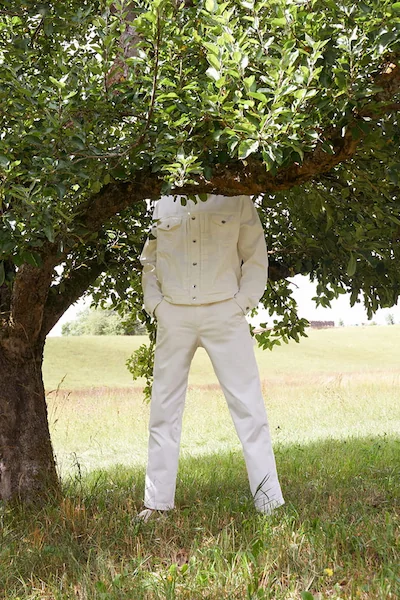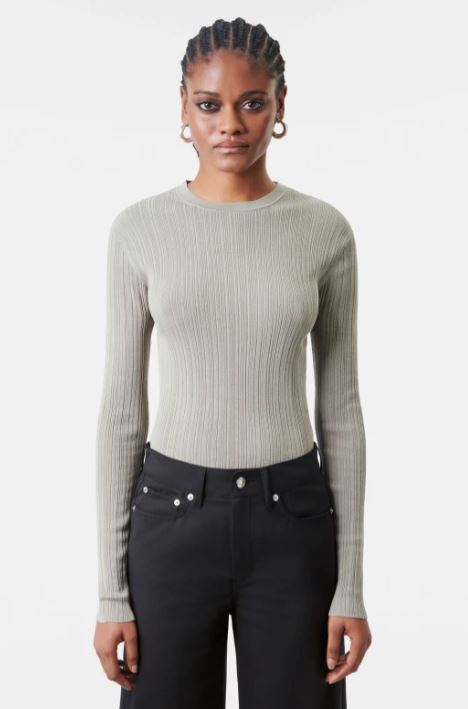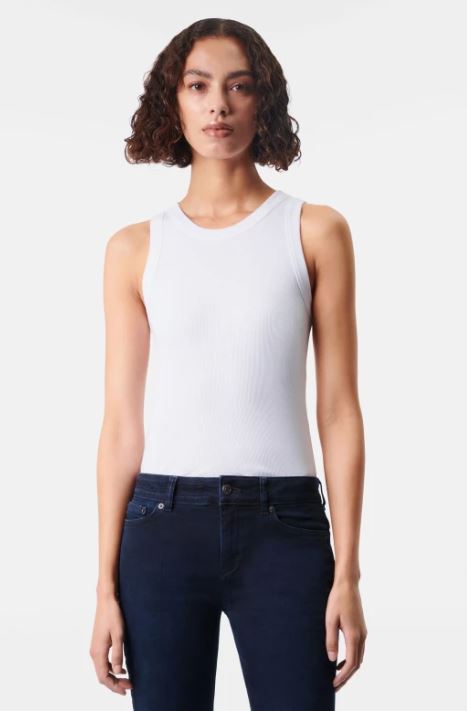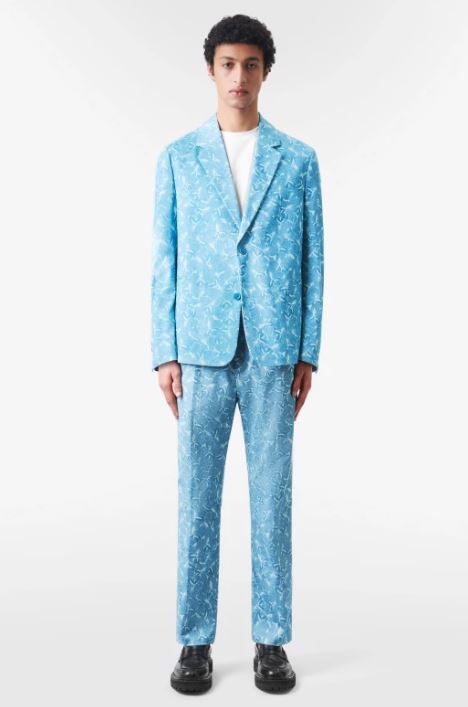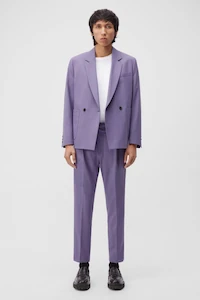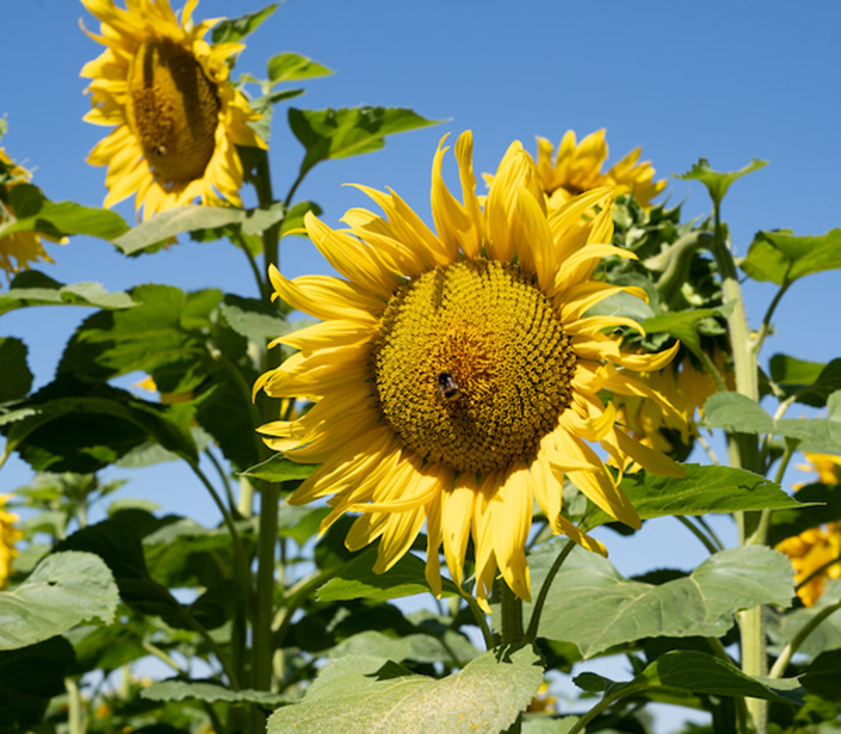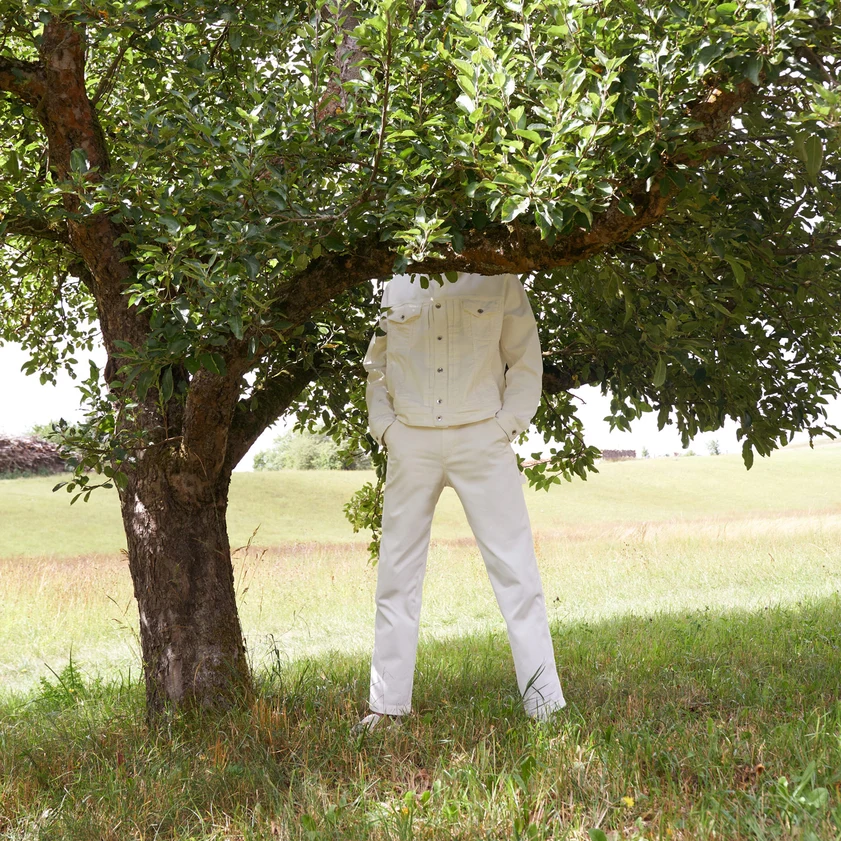MATERIALS
Sustainability starts with the raw fibers we use. To provide transparency for you we clearly label our products to tell you about the materials we use and help you make a better choice.
Supporting better cotton farming
We partner(s) with Better Cotton to improve cotton farming globally. Better Cotton is sourced via a chain of custody model called mass balance. This means that Better Cotton is not physically traceable to end products, however, Better Cotton Farmers benefit from the demand for Better Cotton in equivalent volumes to those we ‘source.’
We are committed to sourcing 95% of our cotton as ‘more sustainable cotton’ by 2024. ‘More sustainable cotton’ includes Better Cotton, organic cotton, or recycled cotton. By choosing our cotton products, you’re supporting our investment in Better Cotton’s mission. This product is sourced via a system of mass balance and therefore may not contain Better Cotton.
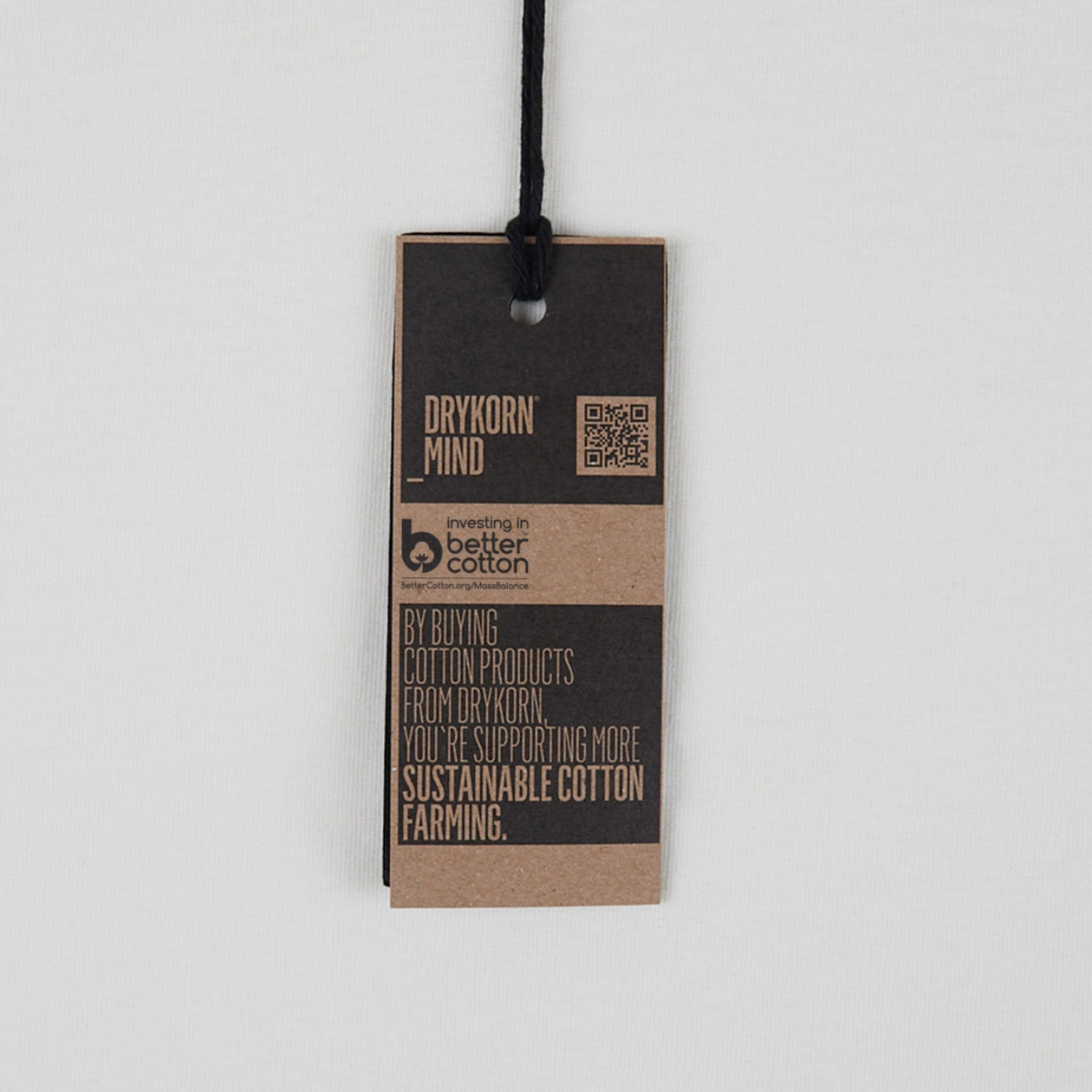
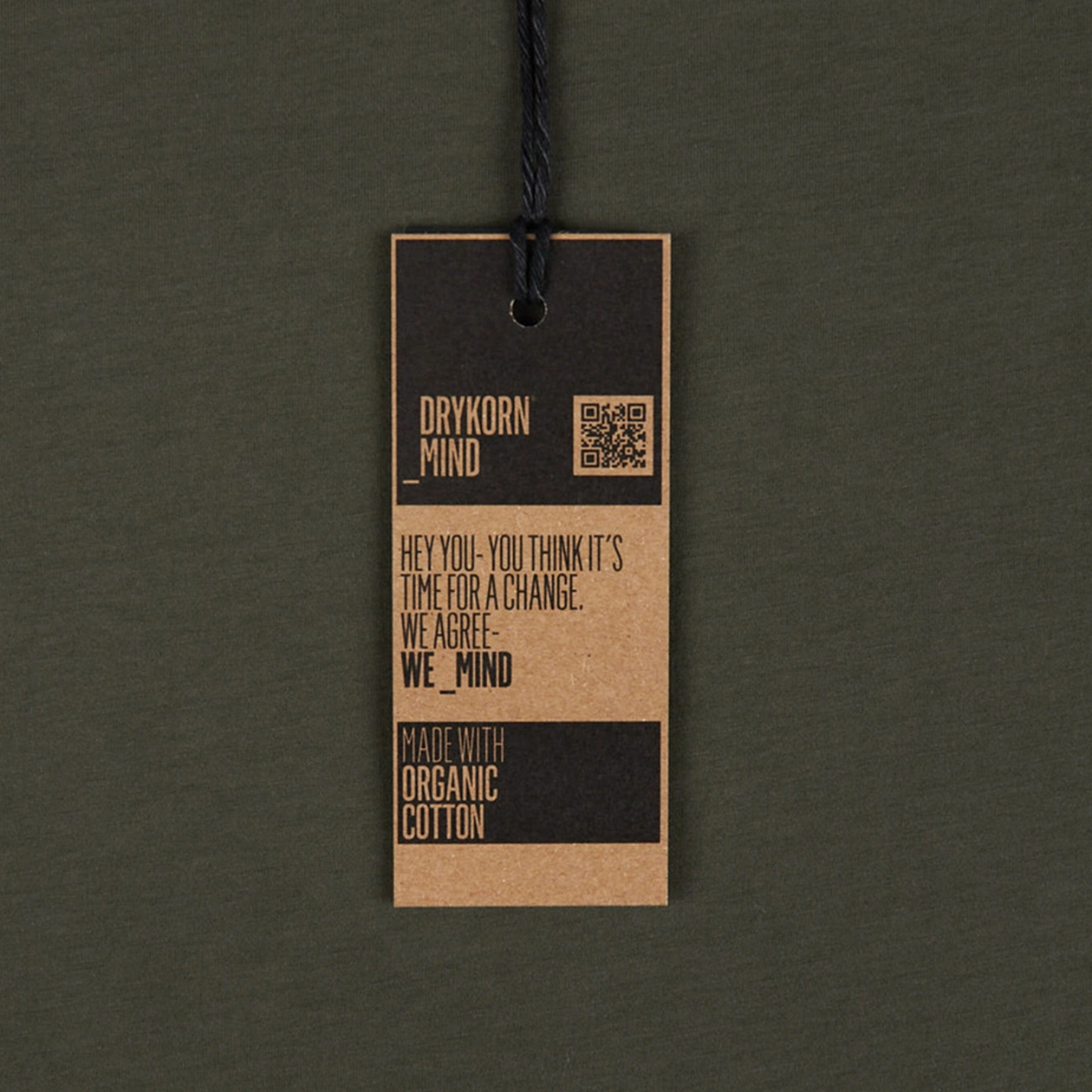
Best in class
Organic Cotton
Certified organic cotton is rare, but it's advantages are obvious.
Excessive use of synthetic pesticides and fertilizers which are common for conventional cotton farming is restricted according to organic farming practices. Also, the use of genetically modified seeds is not allowed. Crop rotation and efficient irrigation build solid organic matter on the fields. This preserves the livelihood of the farmers.
We see a huge potential for growth. We made a first step and will continue on this path.
Supporting animal welfare
Non-mulesed wool
Wool is one of the most important and premium natural materials which characterize our products. It's a renewable raw material, comfortable on the skin and the fibres can be recovered through recycling processes.
However, especially Australian virgin wool is criticized for the so called mulesing treatment. The process in which skin flaps around the buttocks of the sheep are cut with special scissors to prevent parasitic flystrike of the “Sheep Blowfly” (Lucilia cuprina). Flystrike without treatment of the animal is lethal. The remaining skin is free of flaps, no wool grows on the scars, and infestation of bugs is not possible. Animal welfare organisations denounce this treatment as painful and cruel and so do we.
Products with this hangtag are mulesing-free.
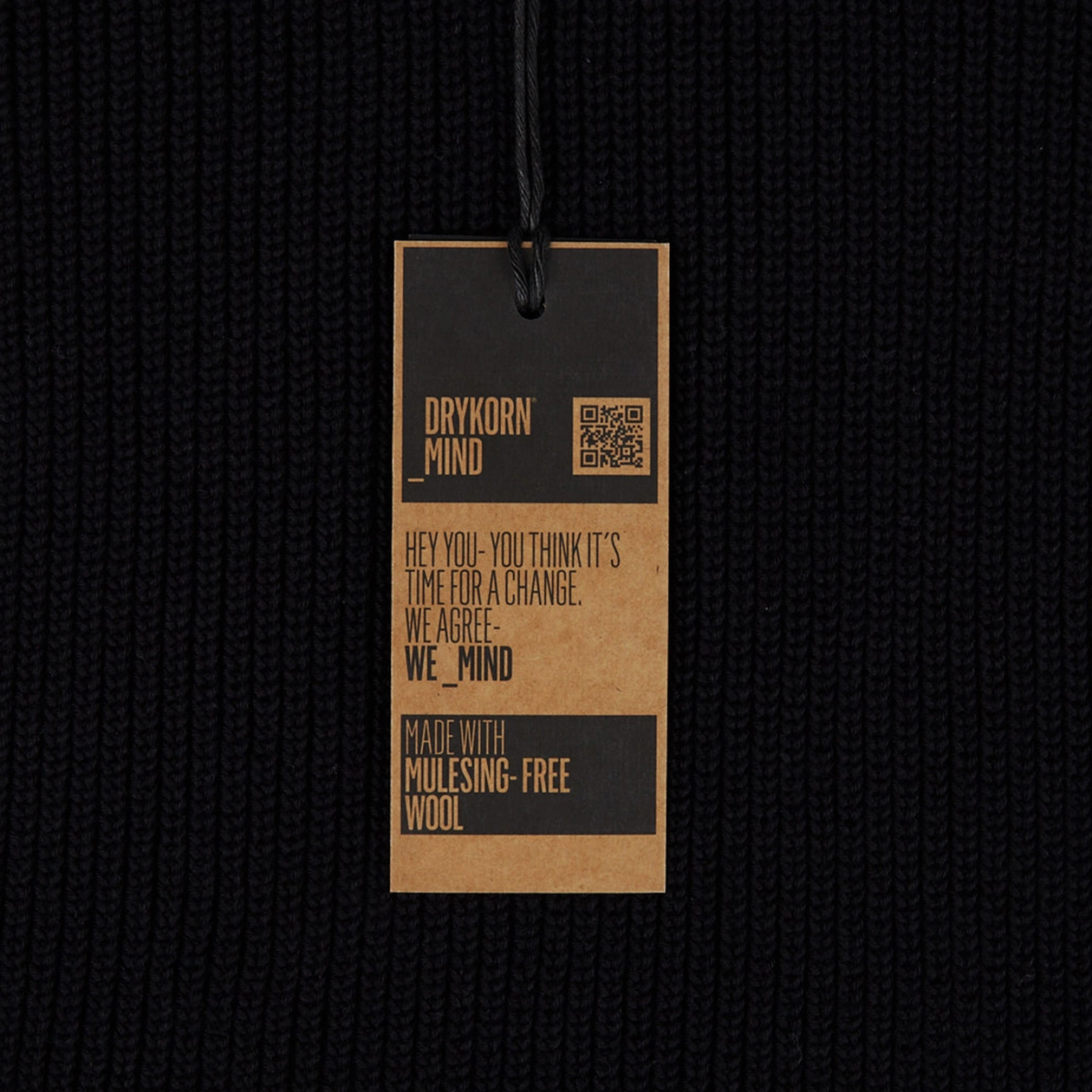
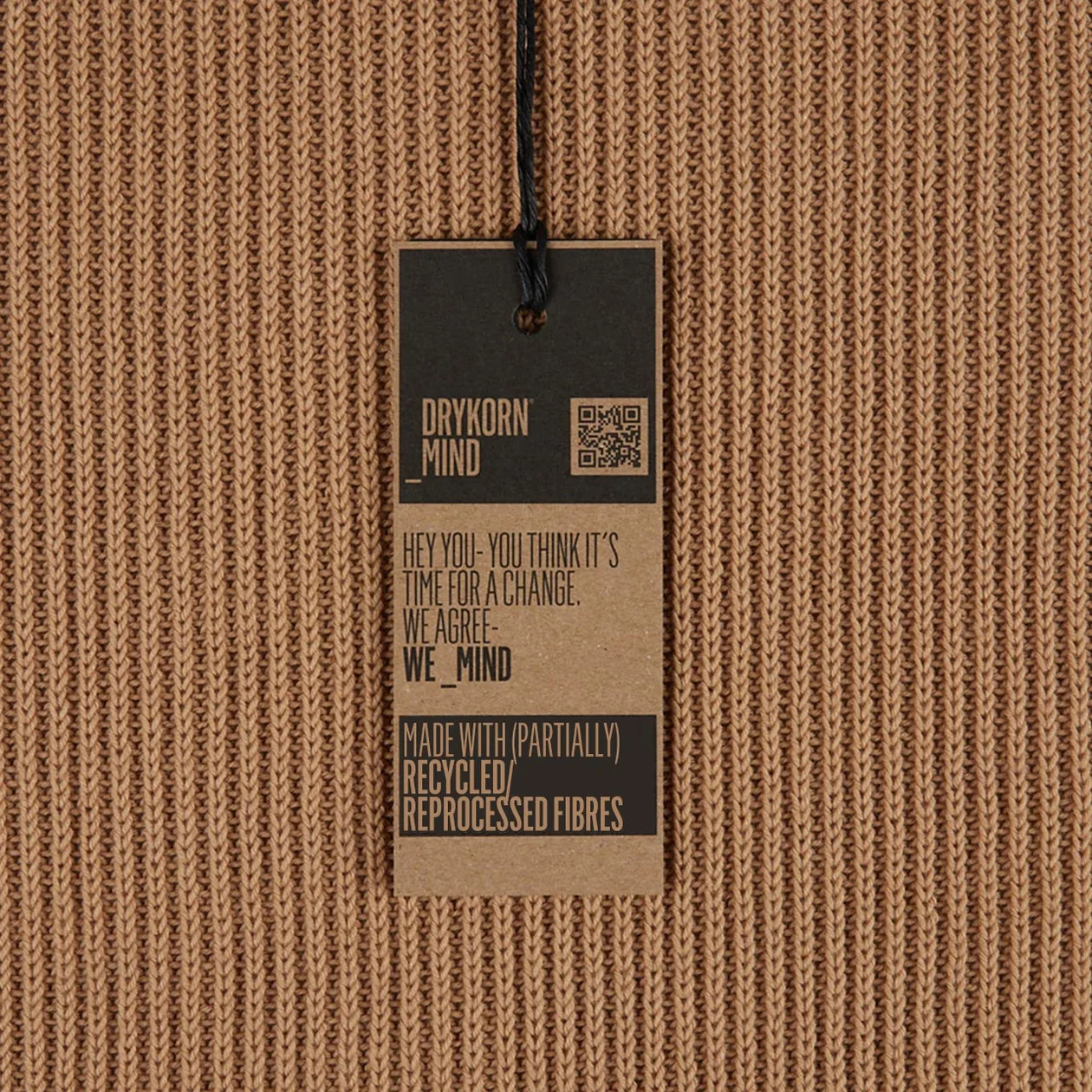
Using less to do more
Recycled Fibres
Recycling old textiles and waste products reduces the ecological footprint of many fibres. Recycling used textiles thus plays just as important a role as the use of production residue.
Despite the complex recycling process, there is a considerable reduction in the amount of energy, CO2 emissions or chemicals used as opposed to the production of new fibres. In addition, areas under cultivation, crude oil deposits or environmental damage caused by raising livestock can be reduced or eliminated altogether. What normally ends up in landfills or gets incinerated forms the raw material for new products and helps close the material life cycle.
The processing of used textiles and wool-based production residue has been a tradition in Italy for decades. We, too, have been using this resource-saving alternative together with our partners for many years now.
We already use recycled polyester on a small scale. The fibres are mainly obtained from recycled PET bottles (rPET) and are certified by our manufacturer and are indeed made from waste materials.
Eco-Friendly
Sustainable viscose
Viscose is a plant based fibre. Commonly, fast-growing trees such as beech, spruce, bamboo or eucalyptus are used to extract cellulose. The cellulose is transformed into a versatile and soft fibre. Products with this hangtag are guaranteed to be sourced from sustainably managed forests. As cellulose recovery is a chemical process, it is critical to fulfil highest environmental criteria. This includes the recovery of the process water and the solvent chemical. If this is given, then viscose joins the list of sustainable cellulosic fibres with distinct advantages compared to pure synthetic fibres.
LENZING™ ECOVERO™: The viscose fibre of the well-known Austrian producer Lenzing AG is one of the most environmentally friendly cellulose fibres on the market. Lenzing obtains wood from certified responsibly cultivated forests and produces the fibre also in its production site in Austria. All processes are subject to highest environmental standards. The result is a fibre which causes 50% less emissions than generic viscose.


Hidden champion
Cupro
Worldwide there is only one provider for Cupro fibres left. The Japanese company Asahi Kasei uses short cotton fibres which are not usable for fabric production to produce cellulose in a closed loop process. It recovers the copper used in production processes from the process water and reuses it. The manufacturer provides B2B clients cooperatively and transparently with all information of its certified and extensive safeguarding processes. A perfect example of a sustainable fibre and positive change in the industry.
Eco-friendly
Lyocell
TENCEL™ lyocell fibres are part of the environmental friendly product family of Lenzing AG. Cellulose is dissolved and finished in a physical process using an organic solvent. 99% of the solvent is recovered from the process water and reused.
TENCEL™ x REFIBRA™ technology: The ground breaking REFIBRA™ technology adds cotton waste, e.g. from clothing production or from worn-out textiles to the lyocell production process The raw material is processed to new TENCEL™ lyocell fibres to create new fabrics and clothes. A true answer to the call for a circular economy.
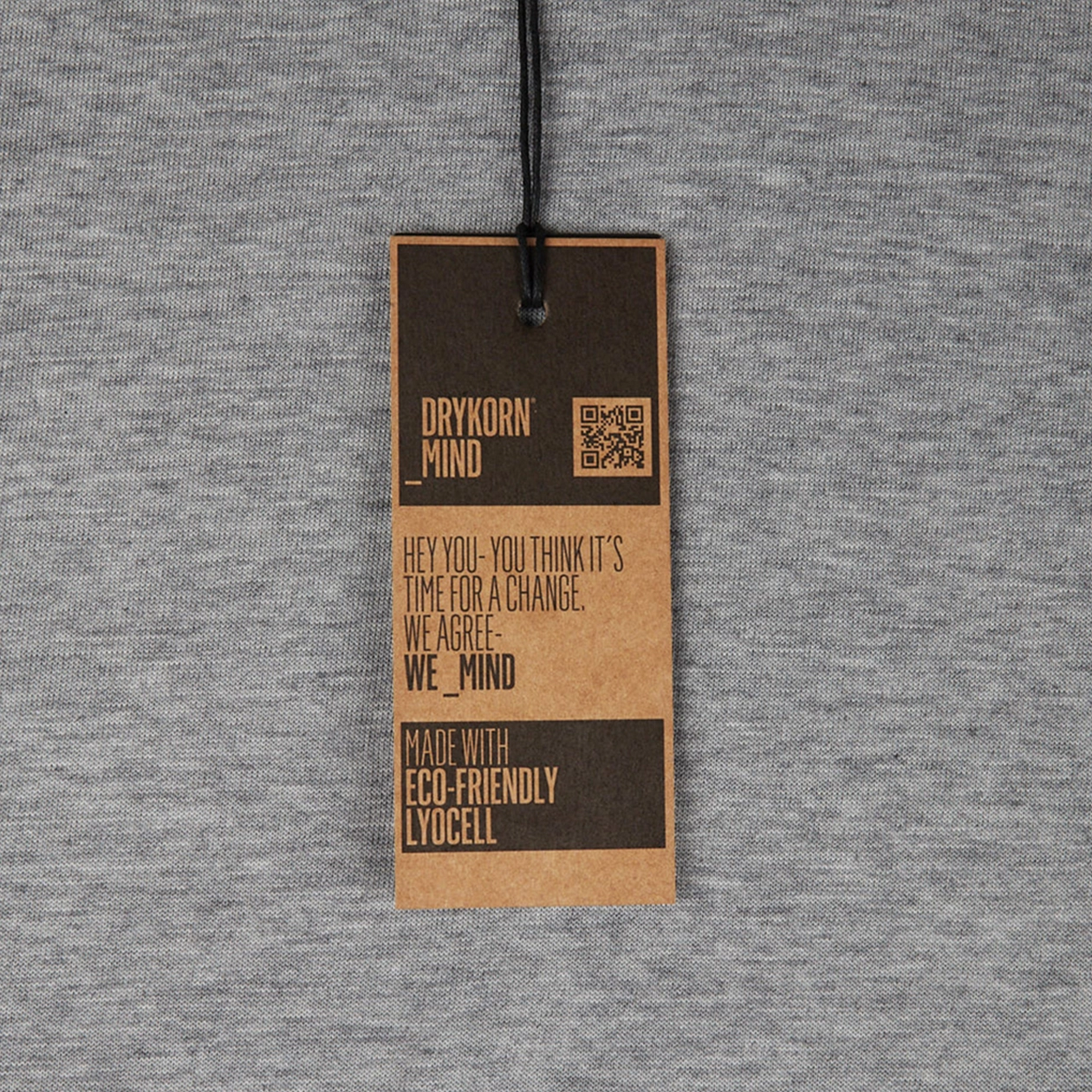

Partially renewable filler
Bioplastic filler
Sorona® polyester fibres are made from 37% renewable, plant-based materials that are not suitable for food production. Together with conventional fibres, we've created an innovative fibre blend that, thanks to the use of bioplastics, reduces our dependence on fossil resources. For a more sustainable, breathable padding with high dimensional stability and heat retention.
Found in nature
Natural dye
New technologies and innovative processes are needed to achieve a lasting change in fashion production. With "Natural Dye" we're introducing pieces dyed in an ecological way with natural color pigments. These non-synthetic pigments are made from 100% agricultural waste (e.g. nut shells), non-edible herbs or minerals. Due to their natural origin and the special dyeing process, the colour shades of each individual garment may vary slightly. There is also an increased sensitivity to light and the possibility that individual pieces will fade slightly over time. All of this makes our garments, which are dyed using natural pigments, one thing above all: unique.
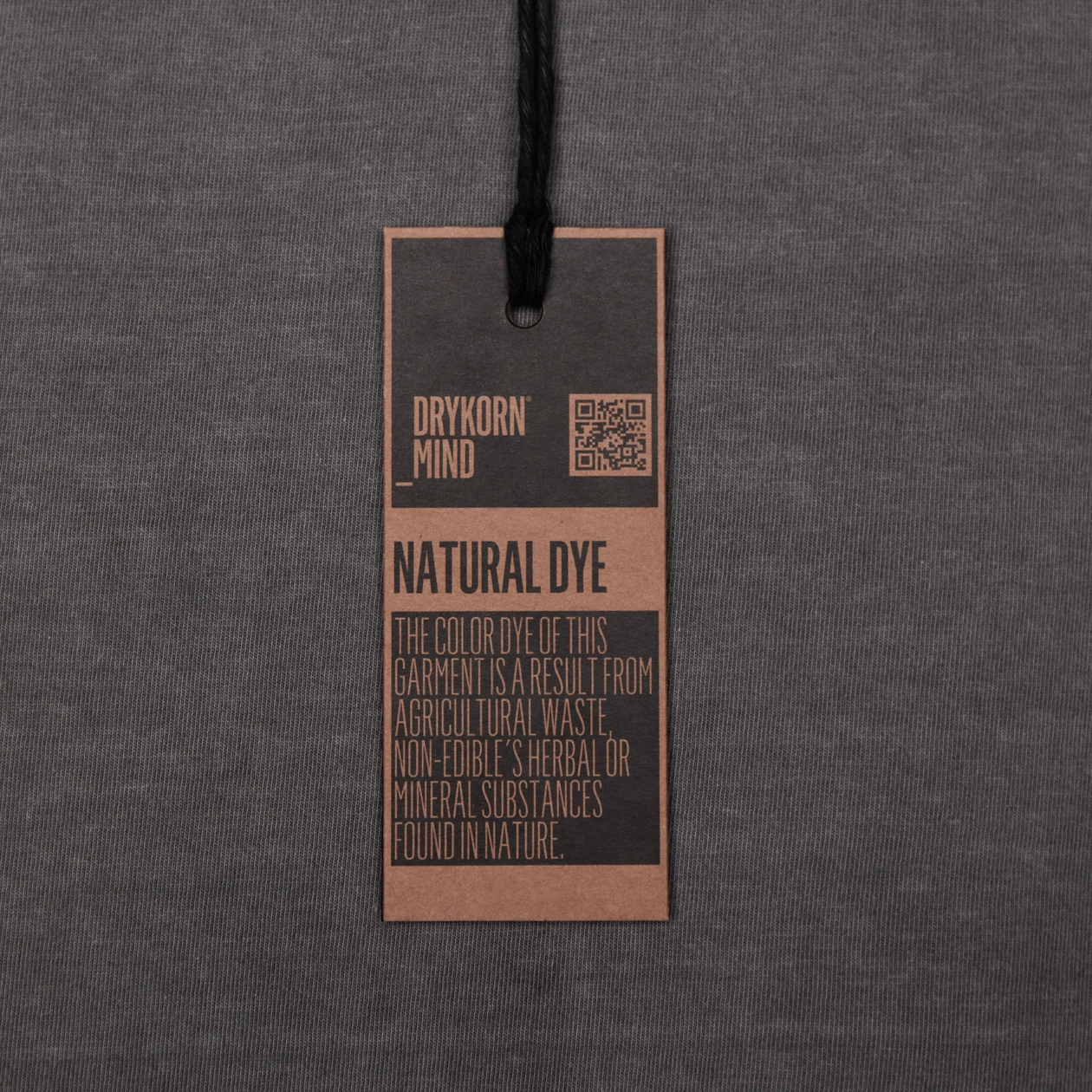
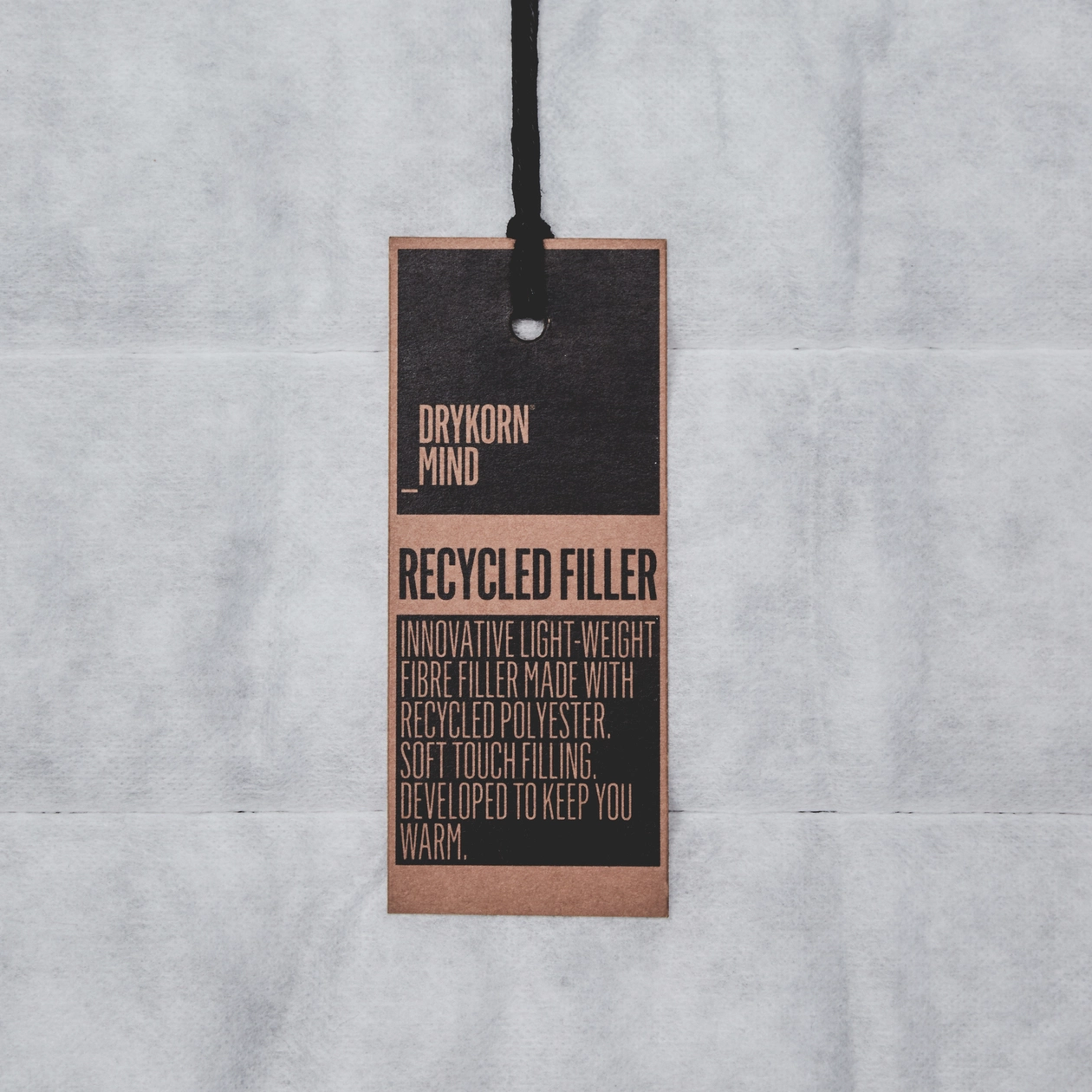
Made with recycled polyester
Recycled filler
The filling of our products marked with this hangtag consists of at least 50% recycled PET bottles. In addition to being high-performing, washable and quick-drying, it makes a great alternative to down or other filling materials of animal origin. By choosing these certified fibres, waste stays out of the landfill, because recycling gives old PET bottles a new purpose in life. Even better than keeping you nice and cozy, they protect our planet by reducing the need for new resources.


